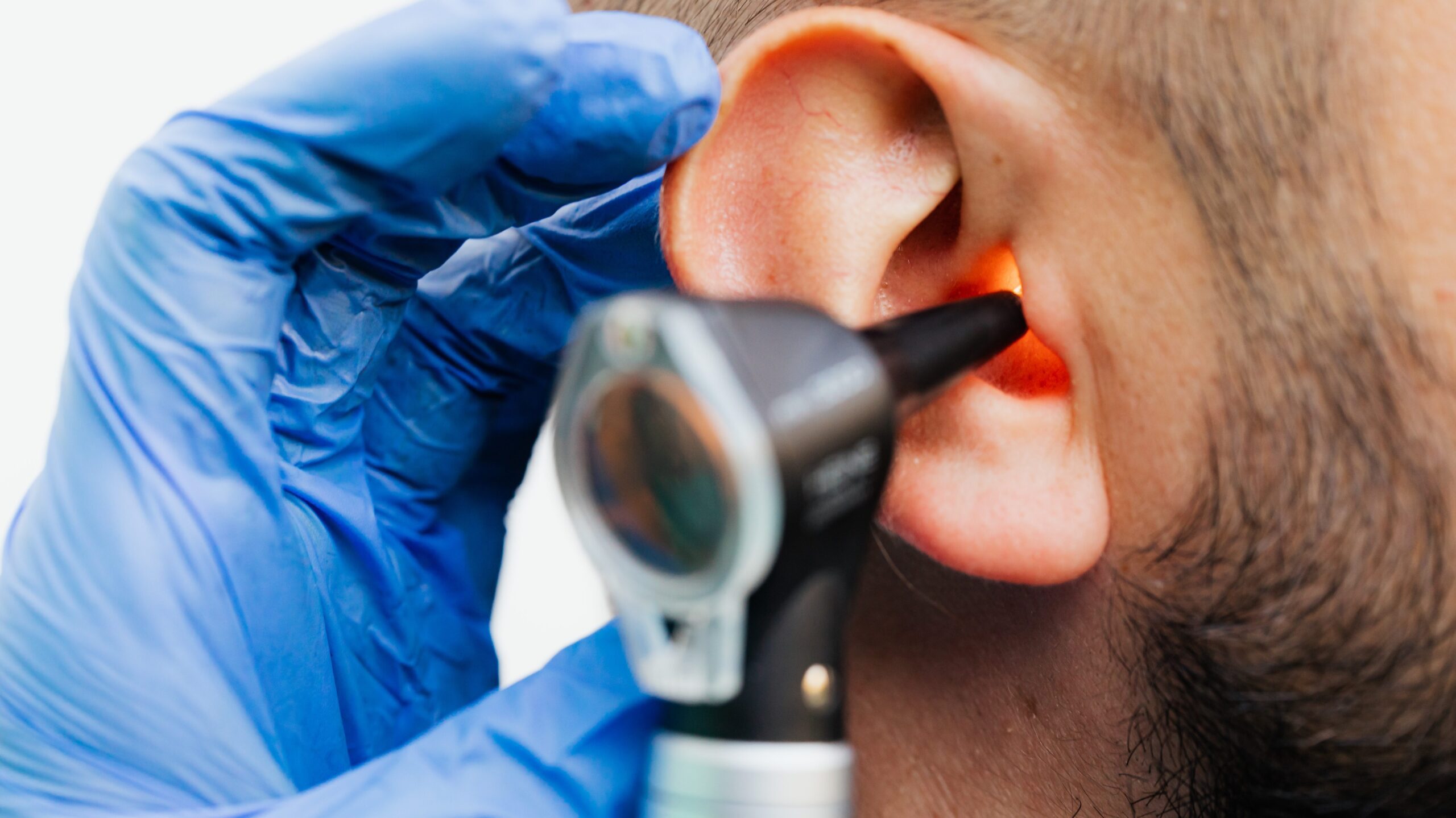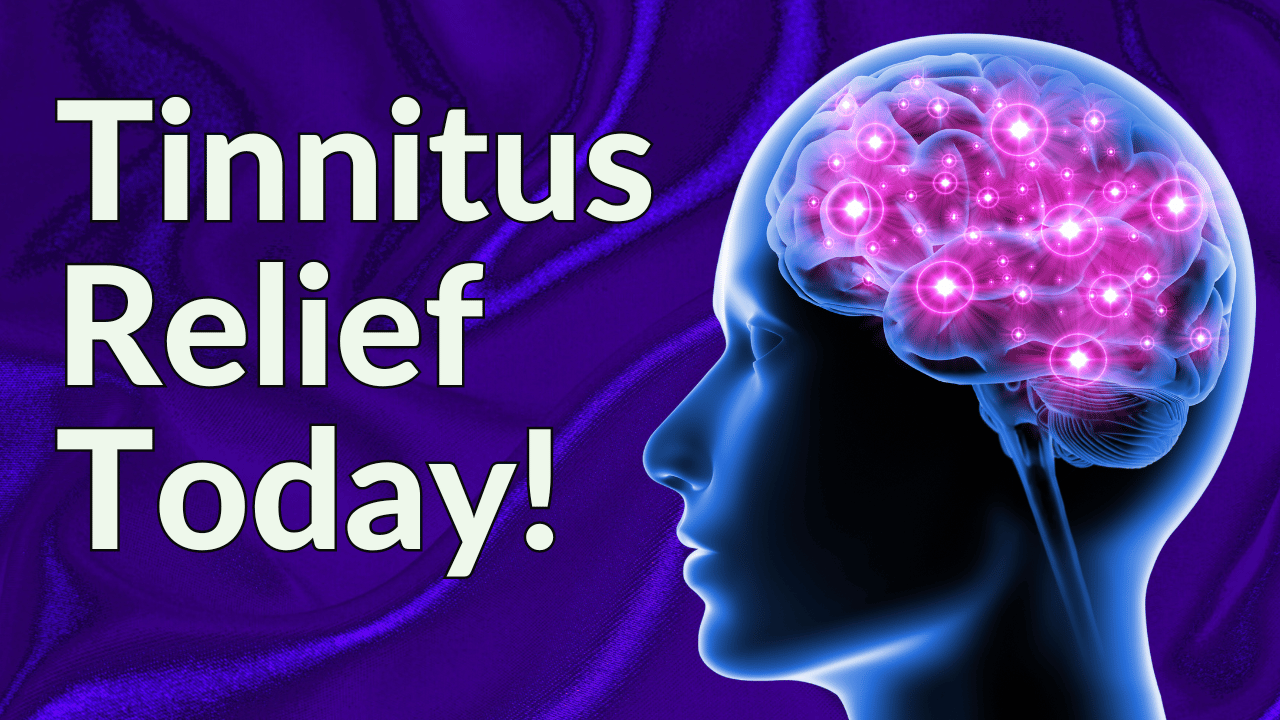If you’ve ever noticed a high-pitched ringing sound in one or both ears, you may have wondered “What is that?” It may continue for only a few seconds, or could continue for days on end, until you finally consider looking for help or some answers. Sounds like ringing, buzzing, hissing, and whooshing that are present without an external sound source are typically identified as symptoms of a disorder called tinnitus. Tinnitus is a symptom, rather than a disease, which makes it imperative to determine the underlying disease or underlying cause of your condition. Below, we will explore some of the different diagnostic tests your physician may use to determine what is likely to be at the root of your tinnitus symptoms.
Common Causes Of Tinnitus


Tinnitus is an interesting condition, in that it is highly unique, and can be related to issues of the external, middle, or inner ear, may affect one or both ears, and can affect people of all ages and backgrounds.
"Treble Health helped me reduce my tinnitus by about 80%, and now I can live my life again!"



"Treble Health helped me reduce my tinnitus by about 80%, and now I can live my life again!"
– Steve D.
Book a free consultation to learn which Treble Health solution is right for you. Join Steve and thousands more who have found lasting tinnitus relief.
Nevertheless, there are some specific conditions that may increase the likelihood of developing tinnitus symptoms, including the following:
- Hearing loss. General hearing loss is associated with an increased risk of tinnitus, though we will delve into more specific types of hearing loss below.
- Sensorineural Hearing Loss. This type of hearing loss is caused by exposure to loud sounds, age-related hearing degeneration, an inner ear disorder like Meniere’s Disease, or damage to the cochlear hair cells or auditory pathway. It is the most common type.
- Conductive Hearing Loss. This type is caused by blockages or tangible issues within the ears. These may include ear infections (otitis externa, otitis media), abnormal bone growth on the middle ear bones (ossicles), called otosclerosis, and even high amounts of earwax within the ears.
- Mixed Hearing Loss. Mixed loss is a combination of the aforementioned two types of loss, and can often be identified through a physical examination, patient history, and catalog of symptoms and experiences.
- Head Injury. Head injury can also lead to a diagnosis of tinnitus, as head injury can negatively impact the auditory nerve, and interfere with the natural auditory pathway required to deliver sound waves to the brain.
- Illness. As mentioned above, illnesses and infections can negatively impact the ears, which can lead to hearing loss and tinnitus.
- Use of certain medications. Some medications can have ototoxic effects on the ear, or can negatively impact hearing. These can be a factor when you are given a diagnosis of tinnitus, and no amount of hearing protection will help when these medications are to blame.
Understanding Tinnitus: Diagnosis And Treatment
Because there are many things that may cause tinnitus, people frequently are not sure where to start looking for help. Primary care physicians (PCPs), audiologists, and Ear Nose and Throat physicians (also called ENTs or otolaryngologists) are all great starting places when you experience tinnitus symptoms. The following are standard intake questionnaires and practices utilized when the diagnosis of tinnitus is the goal.
Medical History And Physical Exam



- Medical History
- The history of an individual is one of the most important parts available for your physician to go over, because it points to many potential root causes of your tinnitus. During an initial assessment, your doctor will likely ask questions about your lifestyle, your family history, and any medical or surgical history that can be tied to tinnitus. Potential risk factors for hearing loss and tinnitus will also likely be discussed, including family history of hearing loss and tinnitus, risks of high blood pressure, risks for diabetes, history of neck injury, and more. Both high blood pressure and diabetes have been linked to an increased risk of hearing loss and tinnitus, so physicians may hone in on these areas when going over your tinnitus questionnaires.
- Physical Examination
- During this portion of the assessment, your doctor can identify any external factors which might be causing symptoms of tinnitus, including ear wax, cerumen impaction, foreign objects in the ear, ear infections, and dysfunction related to the middle or inner ear. If you are experiencing sinus congestion or a head cold, have your doctor identify those symptoms, as well, to provide proper treatments to alleviate congestion, as it has been linked to the onset or exacerbation of tinnitus symptoms.
Speaking with a physician is also important because a physician or healthcare professional can help determine whether you are likely to be experiencing subjective tinnitus (the most common kind, and due to the causes mentioned above), or objective tinnitus, a frequently more severe form of tinnitus caused by tangible, measurable issues including cardiovascular disease.
Audiologist Or ENT Visits: What To Expect
A case history and physical examination are par for the course when subjective or objective tinnitus is suspected, but audiologists and ENT physicians are trained specifically in the ear and auditory systems. This means they will likely want to assess hearing and tinnitus symptoms with the following test battery:
Hearing Test



A hearing test is a term used to describe a group of tests given to determine how well an individual is able to detect sounds and understand speech. These can be used to help determine if hearing loss is a possible cause for an individual’s tinnitus. Common hearing test components include the following:
- Otoscopy
- During an otoscopy, a small, magnified light is placed within the ear canal. This allows the audiologist to visualize the ear canal and ear drum, making sure that all structures within these areas are intact and appear healthy and otherwise undamaged.
- Tympanometry
- During tympanometry immittance testing, an audiologist evaluates the mobility of the middle ear system, which includes the eardrum and the ossicles–small bones in the middle portion of the ear–to rule out any disorders of this area that can result in conductive hearing loss.
- Acoustic Reflex testing
- Another immittance test, acoustic reflex testing evaluates the health of the acoustic reflex. During the test, a loud stimulus is presented to the auditory system, and its response is recorded. These tests are a helpful tool to rule out any retrocochlear pathologies, such as acoustic neuroma.
- Pure Tone and Bone Conduction Thresholds
- Pure tone thresholds are often conducted in a soundproof room, while the patient wears earphones in or on the ears. Pure tones (beeps) are played at different sound levels, and the patient raises a hand or pushes a button to indicate their ability to hear the tone. This test is designed to help the practitioner determine the softest volume the patient is able to hear and respond to, called their threshold. The threshold is then used to determine how much hearing loss has occurred, if any has occurred at all. Testing is then repeated with bone conduction headsets to confirm which type of hearing loss is likely present.
These are the most common tests used to determine the presence of hearing loss, including age related hearing loss. Diagnosing tinnitus usually involves another set of tests to determine how tinnitus affects an individual, and to potentially identify a root cause. The most common tinnitus assessment battery includes:
- Tinnitus Pitch Matching
- In this test, a practitioner presents tones and sounds to find a similar sound in pitch to the patient’s tinnitus. Pitch may be different in each ear, or may exist only in one ear, which can clarify a bilateral tinnitus diagnosis. It can also reveal sounds of tonal quality, warble tones, hissing, white noise, or any combination of these sounds together, to determine which loud noises or sounds are affecting the tinnitus patient.
- Tinnitus Loudness Matching
- Using tinnitus pitch match findings, practitioners then play the sound at varying decibel levels to find the subjective loudness of the patient’s tinnitus for each ear. In bilateral tinnitus, the severity may differ significantly between ears. Ultimately, this test allows tinnitus patients to have some quantifiable data for their symptoms, which can help foster a feeling of control.
- Residual Inhibition Testing
- Masking noises like white noise are played at a volume loud enough to effectively overpower the patient’s tinnitus. Sounds are played for one minute before they are stopped. A timer is started, and the patient is directed to alert the practitioner when their tinnitus begins again. It is best used for developing sound therapy, Tinnitus Retraining Therapy (TRT), or tinnitus masking treatments.
Imaging Tests



Imaging tests like an MRI scan or a CT scan can help dive into the possible underlying condition/s responsible for the onset of symptoms, especially when a patient complains of unilateral tinnitus, or tinnitus affecting only one ear. Detailed images of the inner ear structures and auditory nerves can help determine what may be making tinnitus start, or making tinnitus worse. This can be particularly important in cases of pulsatile tinnitus or whooshing tinnitus, as it can help identify any changes to the structure of blood vessels around the ear, or within the neck.
An MRI scan can be used to identify the presence of acoustic neuroma, or a tumorous growth on the eighth cranial nerve, while a CT scan can help identify issues with the middle ear bones, including otosclerosis. Note, though, that tinnitus found in both ears without pulsatile tinnitus features is unlikely to warrant an intensive imaging test.
Diagnosing and Treating Tinnitus
Although the precise route a physician or practitioner will take will depend on what is determined in your initial assessment, and whether an underlying medical condition is suspected to play a role, there is a basic diagnostic approach to tinnitus that many practitioners in the field follow. Once a diagnosis has been made, standard and alternative therapies can be discussed, and you can be on your way to finding a tinnitus treatment that works best for you.
If you have any questions about your tinnitus, we encourage you to schedule a complimentary telehealth consultation with an expert audiologist on our team. This free, 20-minute Zoom call comes with no obligations, and gives you the chance to ask any questions that you may have, and learn about the treatment options that would best suit your specific case. To get started, click here.
Next Step: Book Free Consultation
- 75% of patients reduced their tinnitus within three months after following our recommendations.
- "I feel like Treble Health literally gave me my life back." - Randy S. (verified customer)
- Join thousands of people who have reduced their tinnitus after scheduling a free consultation.


















